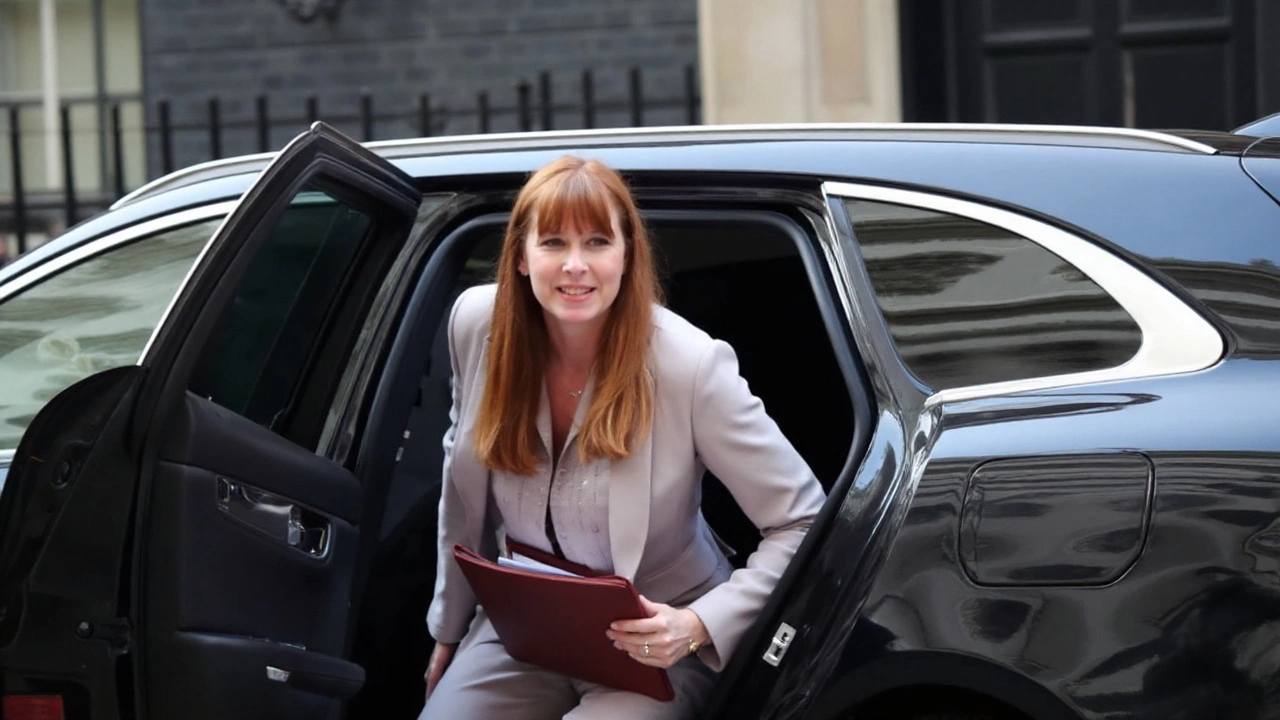Second‑Home Surcharge: What It Is and Why It Matters
When dealing with second‑home surcharge, an extra levy that local authorities add to the standard property tax for owners of a secondary residence. Also known as extra home tax, it often pops up when you buy a vacation house, a city flat you rent out, or any dwelling you don’t call your main address.
One of the main companions to a second‑home surcharge is property tax, the annual charge based on a property's assessed value that funds local services. In many jurisdictions the surcharge is calculated as a percentage of the regular property tax bill, effectively raising the cost of owning a secondary residence, a dwelling that isn’t your primary home and is often used for holidays or rentals. Because the surcharge ties directly into property tax, you’ll see it reflected on the same statement you receive from your council.
Another piece of the puzzle is rental income tax, the tax you owe on money earned by letting out a property. If you rent out your second home, the extra levy can affect your profitability, as the higher tax bill reduces net earnings. Many owners offset this by claiming allowable expenses, but the surcharge remains a fixed cost that can’t be deducted.
Mortgage lenders also keep an eye on the surcharge. A higher annual outlay can influence the loan‑to‑value ratio they’re willing to offer, especially if the property is considered an investment rather than a primary dwelling. Some lenders treat the surcharge as part of the ongoing housing expense, which can raise the required income threshold for approval.
Understanding the relationship between these entities helps you plan smarter. For example, if you anticipate a 15% surcharge on a £250,000 secondary residence, that adds £375 a year on top of a £1,200 property tax bill. Over a five‑year hold, that’s £1,875 you need to factor into your cash‑flow model. Knowing the exact figure lets you weigh the surcharge against potential rental income and decide if the investment still makes sense.
Local councils often publish surcharge rates on their websites or through council tax notices. The rates can vary widely: some areas charge a flat 10% of the standard tax, while others use a sliding scale based on the property's market value. Checking the official guidance early saves you from surprise bills later.
There are a few strategies to mitigate the impact. If you can prove that the second home will be your main residence within a set period, some councils grant a temporary exemption. Others offer reduced rates for properties that are energy‑efficient or meet specific affordable‑housing criteria. Consulting a tax adviser can also uncover deductions you might otherwise miss, such as repair costs directly linked to rental activity.
Below you’ll find a collection of articles that break down the surcharge from different angles—legal definitions, real‑world case studies, budgeting tips, and how the levy interacts with mortgage and rental income considerations. Whether you’re buying a seaside cottage, a city flat, or simply curious about how extra taxes affect property ownership, the posts ahead give you practical insight and actionable advice.

Angela Rayner stamp duty row: what went wrong and what happens next
Angela Rayner admits underpaying stamp duty on her £800,000 Hove flat after transferring her former family home into a trust for her disabled son. Fresh advice says she owes the higher second-home rate, adding about £40,000. HMRC could levy penalties if it finds carelessness or deliberate avoidance. The case spotlights how complex and confusing UK stamp duty rules can be.
Read More